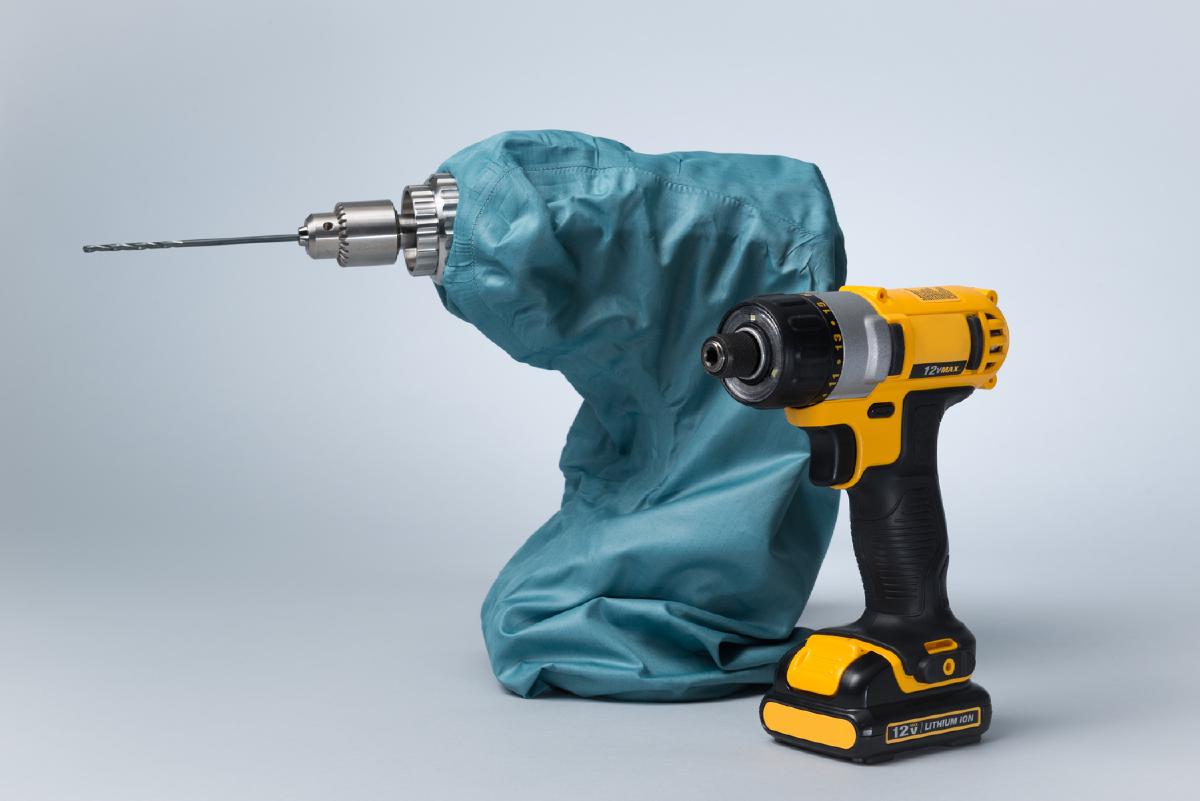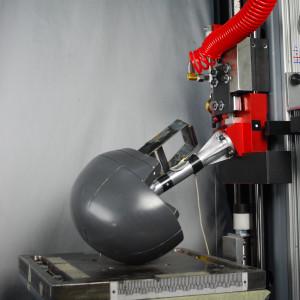Tag: #work (5 posts)
Overhead Robotic Gantry for Tethered VR Headsets
Project Overview
Objective: Create an autonomous gantry to follow the HTC Vive headset around, keeping its cable behind the user at all times.
Motivation: An extravagant party prop for an evening at CES 2017, hosted by MistyWest.
Features:
- CoreXY planar gantry design
- System built with 8020 aluminum extrusions and laser cut acrylic components
- Stepper motor control through Teensy 3.2
- HTC Vive pose tracking through C++
- Patent pending
Skills:
Tired of Cables in VR? We Are Too.
Originally posted on Medium under MistyWest.
Virtual reality pushes the envelope of bleeding edge technology, allowing us to explore and experience worlds beyond our mortal imaginations. It gives us immersion in another dimension, providing an unprecedented medium for communication and story telling. If a picture is worth a thousand words, then virtual reality must be worth millions. Except there’s one thing keeping it grounded to reality: cables.
Since the first virtual reality headset that was hacked together in 2011, immersive head-mounted displays have progressed far and quickly. Oculus Rift, HTC Vive, and PSVR are some of the main contenders of virtual reality hardware, and between them lie stark differences in performance and usability. However, cables are the common denominator in these high performance virtual reality headsets. They are tethered to a host computer to provide the computationally intensive processing power required for high-fidelity content. Although mobile solutions are available such as Microsoft’s HoloLens, Samsung VR, Google Daydream, and even Google Cardboard, wired headsets will continue to be the vanguard of high performance virtual reality.
Co-op: Air Quality Calibration Chamber
Background: Welcome to TZOA (pronounced ‘zoa’) - the world’s most advanced environment tracker. TZOA uses internal sensors to measure your air quality, temperature, humidity, atmospheric pressure, ambient light, and UV (sun) exposure, all in one wearable device.
Objective: Design and build a purified test chamber with zero air particulate to calibrate the TZOA devices against the DusTrak DRX 8533. An aerosolized cloud of ultrafine (0.3 - 20 μm) test dust was used to create the particle events.
Co-op: Drill Cover User Study
Drill availability is a major limitation in developing counties, where surgeons turn to using manual hand-crank drills to perform surgeries. A common hardware drill equipped with a waterproof, sterilizable fabric cover provides a cost-effective solution in the operating room.
Co-op: The Age Effect on Bicycle Helmets
Foam liners in bicycle helmets absorb energy during impacts. Manufacturers recommend replacing a helmet every 2 to 10 years to maintain optimal head protection. To investigate this recommendation, we quantified the material and impact attenuation properties of helmets to determine if they changed with age.



